Why Most Of Us Can’t Think

Once upon a time a very timid fellow decides to take an ocean cruise. He was very worried, as he’d never been out on the ocean. After the first couple days, he felt brave enough to venture out on the deck. But as luck would have it, as soon as he stood on the deck, deep dark storm clouds rolled in. Terrified, the man froze.
When the storm finally hit, the man finally was moved to action. The action he took was to grab on to the nearest thing he could find, which happened to be the boat anchor. As the boat rocked back and forth, the man clung to the boat anchor for dear life.
Finally, the storm passed and the seas were calm again. But the man had been so terrified he wasn’t thinking very clearly. When the boat dropped the anchor, he went right down with it. The deeper he sank, the more tightly he clung to the anchor. The idea of holding the anchor = staying alive had been burned into his brain. Unfortunately, that strategy that worked previously was no longer viable, and he drowned.
Moral Of The Story
This is a very useful metaphor. Things that worked once don’t always work again. If you cling to previous strategies even through circumstances have changed, they will probably fail. Or at least not succeed. When we are children, crying when we feel discomfort until somebody else comes and fixes it is a useful strategy.
However, the older we get, the more we transition into being responsible for our own discomfort, instead of crying out for others to come and fix things. However, as most will quickly point out, plenty of people do just fine with that strategy well into adulthood. However, the point of this post is not to discuss political ideas and personal strategies. Our intentions are much deeper.
Human Extended Phenotype
A phenotype is the thing that the genes (genotype) builds. If you have the genotype for blue eyes, the blue eyes are the phenotype. Richard Dawkins described the idea of an extended phenotype in the book of the same name. Many creatures have extended phenotypes.
Beavers and Dams
Beavers are programmed to build dams. Every beaver has a collection of genes inside their DNA to make them behave in a way with other beavers to build a dam. If you had a time machine, and you went back a few million years, you’d find beavers building dams. Ants build anthills the same way. Bees and wasps make nests. What do humans build?
A Little Bit More
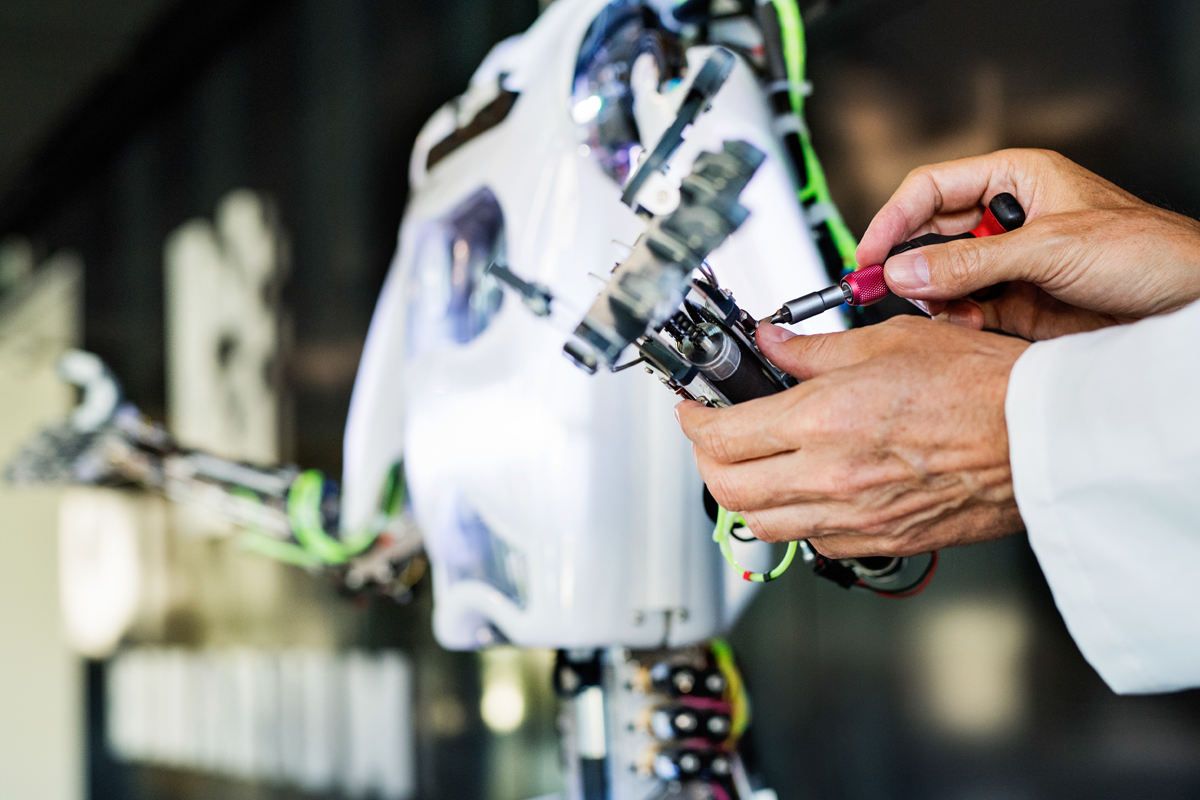
We humans have a kind of meta extended phenotype. We look out into our environment, and build more of what we see. But slightly different. Most inventions are really just slight improvements over what already exists. The progress of technology is slow. Occasionally there will be a giant leap, but these are exceptions to the rule.
The Genius Hive Mind
If you have ten thousand programmers all capable of taking existing programming technology and tweaking it just a little bit, the end result will be a rapid increase. This rapid increase is based on tens of thousand folks all making small tweaks here and there. Occasionally one of the ten thousand will make a large tweak, and then the rest will continue to make small tweaks. Over the course of a few years, programming technology will seem incomparable.
Medical science is similar. If you’ve got ten thousand doctors all practicing, while all thinking there’s got to be a better way to do this, by simple statistics, a few of them will continuously be thinking of actual better ways to do this. Those better ways get folded back into the system that everybody is looking at and thinking, there’s got to be a better way of doing this.
Einstein’s And da Vinci’s Are Exceptions
Perhaps every couple of generations you get somebody like Einstein who can see things that are far beyond what others can see. But for the majority of human history, human ingenuity and human development, all growth, all advances, all technological breakthroughs are really a part of the hive mind all working seamlessly together.
We Humans Are Smart, Aren’t We?
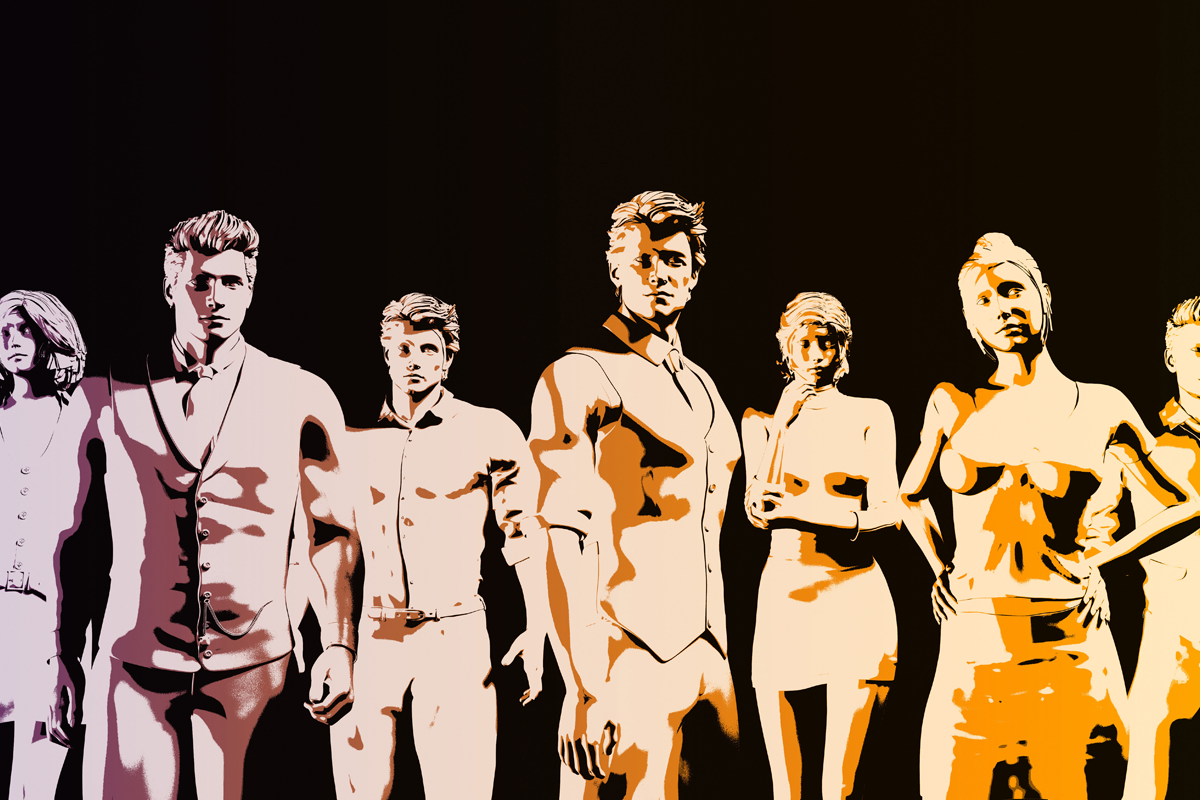
It’s very common for humans to take credit for things we didn’t do. Sure, as a whole, we humans are pretty smart. Over the course of history, we humans have done some pretty incredible things. But the great majority of those incredible things were really slight improvements over what already existed. Even Newton said he made his breakthrough’s because he was standing on the shoulders of giants.
Human Instincts
Humans are driven by instincts. We eat not because we consciously decide that some calories would be useful, but because our instincts drive us. We feel sexual arousal not because we calculate that the person causing our sexual arousal might be a useful vessel to project our DNA into the future, but because our instincts are acting automatically.
We love children not because we feel the need to protect them or we’ve decided to enjoy them, but because our ancestors who’s children were automatically loved and cherished had a much higher survival rate than kids that were scorned and forgotten about.
Caveman Hive Mind
It feels good to believe we are the captains of our own destiny. That our lives our a result of our choices, dedication, and hard work. But is that really the case? It’s commonly accepted that there hasn’t been much evolution in the past few thousand years. That if we could time travel back to before agriculture was invented, we’d find more or less the same humans.
Or if we could travel back in time ten thousand years or so, kidnap a baby caveman, and raise him in modern society, they wouldn’t be much different than us. They would be raised in the land of TV and social media and taught about science in school and accept all we have now as normal. Nobody believes their caveman brains would be incapable of understanding modern math or science.
Nobody believes we have evolved the brain structures to understand math and science in the last few thousand years. All of our knowledge has been slowly updated every generation, and each new generation grows up and naturally soaks in all the information and technology that has been discovered to date.
Obedient and Non Thinking
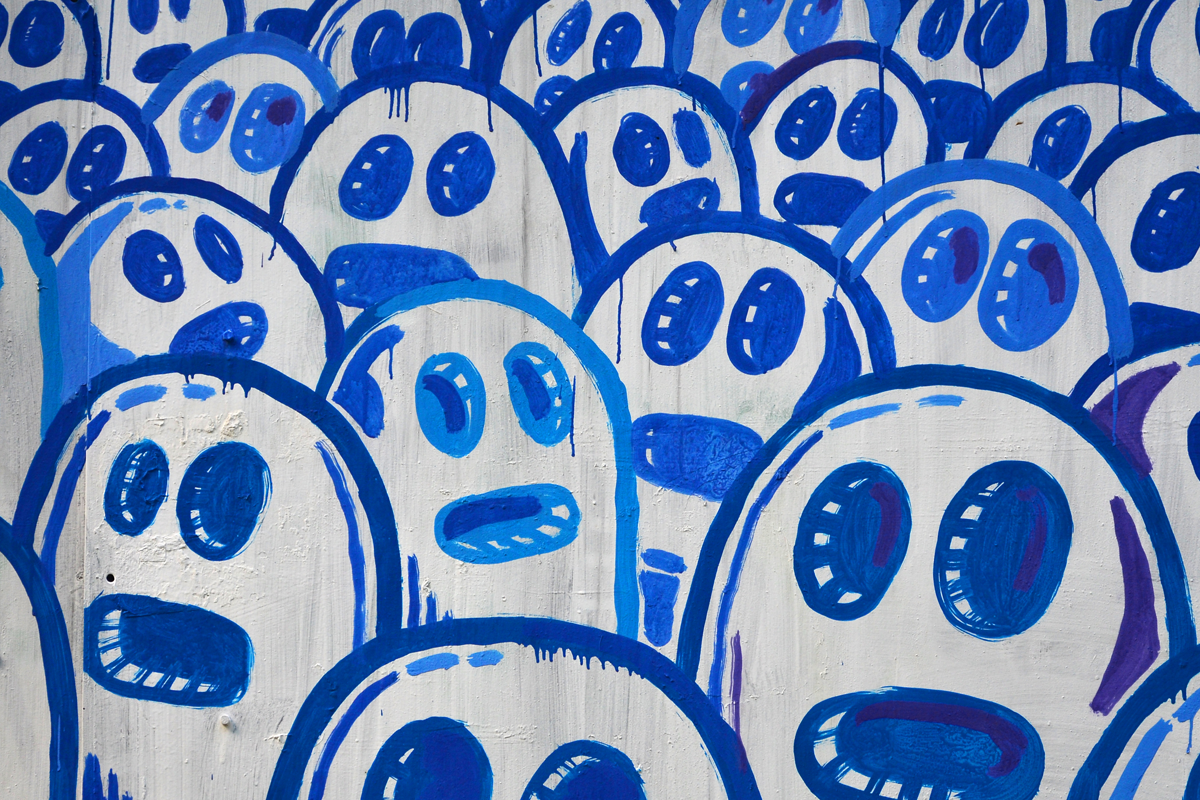
Now it’s time to do some weird mental experiments. First we’ll look at the typical caveman who existed ten thousand years ago. And we’ll compare some thinking patterns to normal humans. What will we be comparing? The idea of independent and rational thought.
Non Thinking Is A Survival Trait
Humans tend to agree with authority automatically. Something said by a recognized authority figure is generally accepted as truth without question. Plenty of studies demonstrate this. Similarly, it is very difficult for us humans to disagree with a social reference group. This is also easy to demonstrate experimentally.
This means that most of us will go along with any idea, so long as the guy in charge says so, and most of our social reference group says it’s OK. This seems like are all a bunch of non-thinking sheep who will do whatever we are told without question. This, however, is a survival trait.
All The Non Obedient Cavemen Died
Think of an ancient tribe of people who didn’t have this trait. They had to sit down and argue every single decision. Every time their leader made a decision, they needed to be convinced. Nobody trusted anybody. Everybody had to be convinced every time there was a change in plans.
Compare this to a tightly organized tribe of humans. They would be much more efficient. So long as they kept finding animals to kill and eat, they were fine. The only thing that would make them question their leader or their peers was if they were hungry and hadn’t eaten in a while.
The Boss Had To Keep Everybody Fed
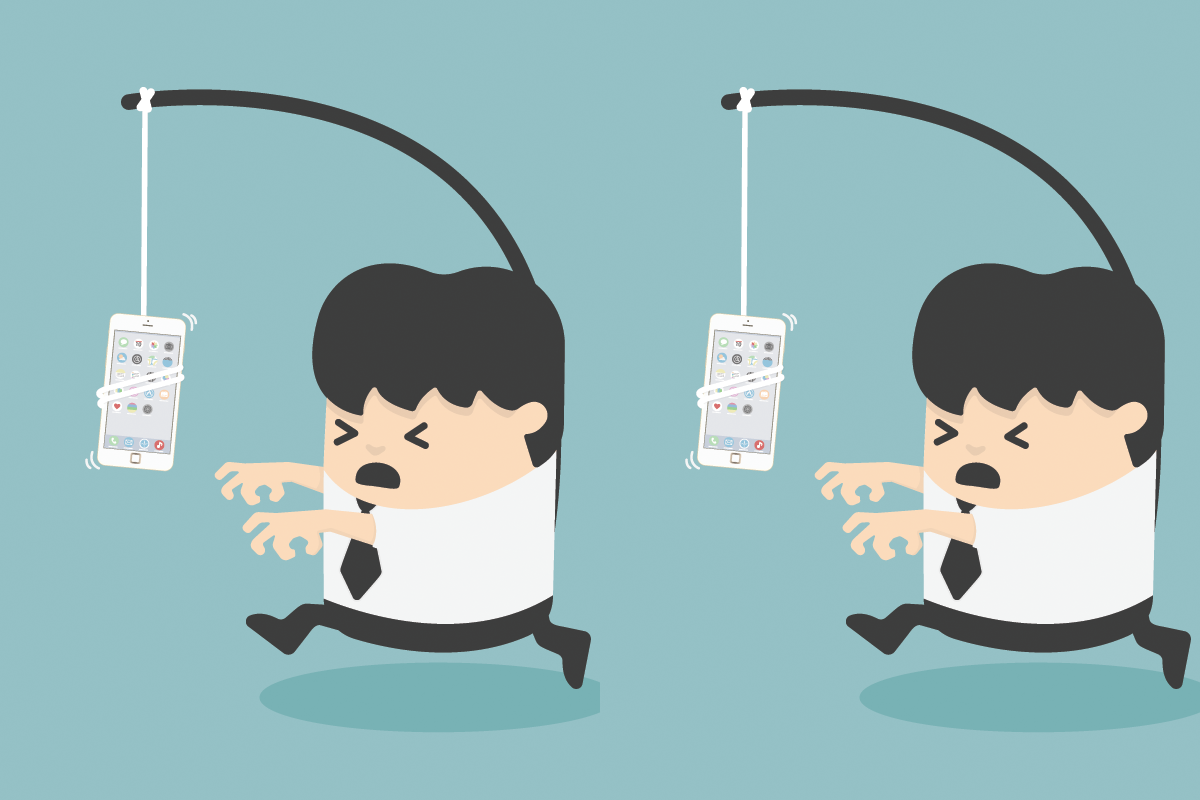
Of course, the guy in charge new this. He knew that if he gave orders, they’d better work. If he kept giving orders and they didn’t end with any food to eat, he’d be out of a job. How would the general cave population know if this was happening? Simple. If they obeyed, and got food, everything was good. If they obeyed and they didn’t get food, they needed a new boss. This was very simple. It didn’t require much rational thoughts.
Fast Forward To Today
Here we are today, the same humans with the same basic programming. We follow orders and go along with the tribe. We don’t think unless we absolutely need to. Humans are programmed to be obedient non-thinkers as a survival trait. What’s the only thing that will make us question authority? If we get hungry.
We are all programmed to obediently follow authority and go along with the crowd so long as we are getting our needs met. This means it is very difficult for us to think independently and rationally. We will discuss some problems with this model below.
Education
Education was created long ago as a factory to create factory workers. Production technology took off relatively quickly, and the masses needed to be trained. For all of human history, most education could be done on a one-on-one basis. Older, more experienced workers taught younger, inexperienced workers.
But when the industrial revolution exploded both productive capacity and the number of people, a new system was needed. Schools were a combination of things. One idea is they were factories that produced factory workers. Another was they were sorting mechanism. The very smart were trained to become elites, the very not so smart were shuffled into manual, unskilled labor, and the mostly average folks were shuffled into factory work or military enrollment.
All of these fit the obedience model. Nobody needed to think independently. But today, just doing what you’re told may not work out. Plenty of people have done just that, and are stuck with debt they won’t likely pay off. For this reason, many new graduates have little prospects for the future.
Job Hunting

The idea of even thinking about a career is very new. Up until very recently, you showed up to school, did whatever you were good at, and let the experts guide your decisions. But with the economy in such a chaotic mess, and many jobs either being outsourced to other countries, and filled by workers who migrate in from other countries, simply following orders may end you with little choices.
Housing
Up until just a few hundred years ago, most people lived in the same place where their ancestors lived. While immigration in the 1800’s seems like ancient history, it’s not really that long ago, especially from the slow process of evolution which affects our thinking and behaviors. This is an outcome of the industrial revolution, where the idea of migrating to foreign countries to find work become common.
But the idea of living sometimes involves borrowing money to buy a house. Most mortgages are 30 years. While they can be refinanced, and often are, 30 years is a long time, and there is no guarantee that the local economy will remain stable for that long. For the largest part of human history, the idea of where should I live was not something that was needed.
Now, the idea of where should I live is becoming more and more an individual choice. There are many more variables and since choosing the wrong place to live can be disastrous, it’s not an easy choice.
Money Issues
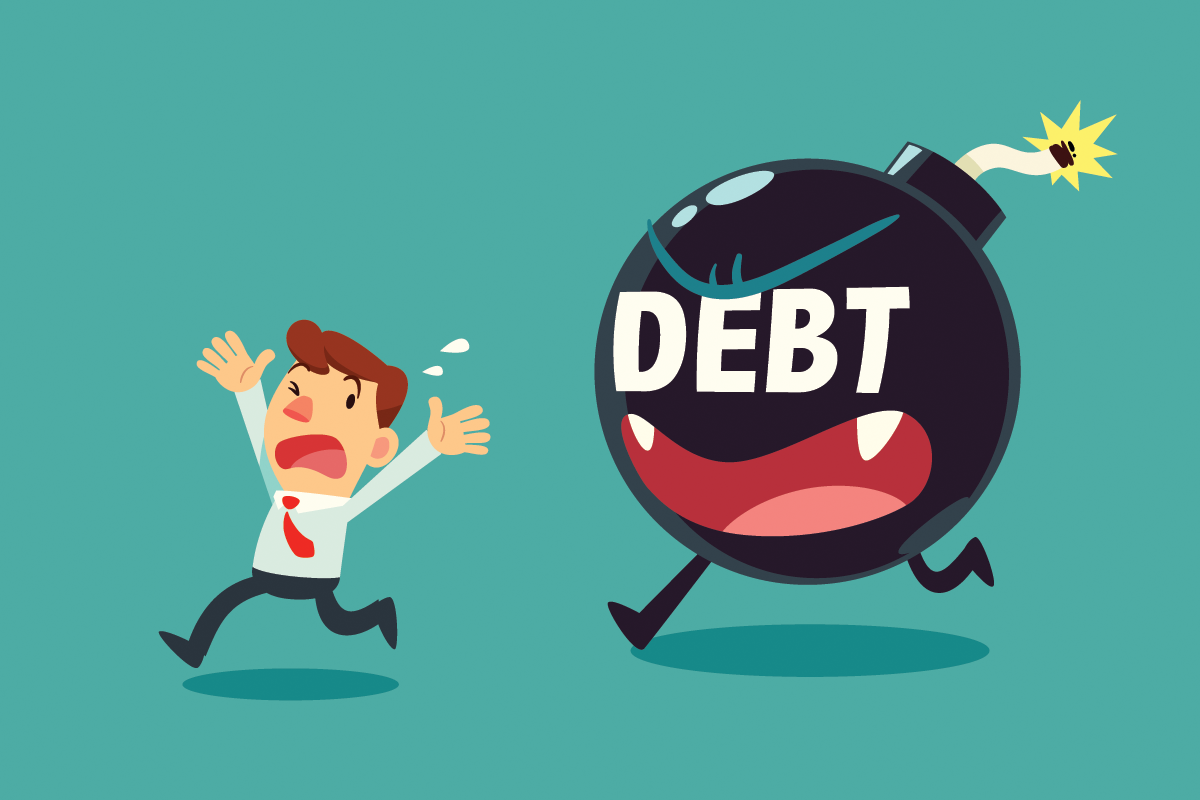
Many people don’t really have the option of choosing how to spend their money. Many people can only afford to pay for the necessities, if that. But since wrong financial decisions can be disastrous, and many make money precisely by selling poor financial choices to the masses, simply going along with what is common or popular has the potential to be the worst decision you ever make.
Many people have credit card debt, car loan debt, student loan debt. This can seem normal and natural when experts on TV say debt is fine. This can seem normal and natural when all of our social peers have equal amounts of debt. But debt itself is rarely beneficial unless the debt is used to buy a productive asset. Using debt to purchase anything that depreciates, or using debt to pay for consumables is a financially unsound idea.
Debt has to eventually be paid back. The only thing that makes the idea of using debt to purchase non-productive assets is if both the economy and one’s personal income are growing strongly and will be expected to continue. Neither of these are the case today. Taking on debt is likely the strongest examples that following authority and social proof can slowly lead one to ruin.
Investment
Investments are something that require an equal amount of independent and careful thought. Ninety percent of money managers, for example, cannot consistently beat the general market. Yet money managers continue to exist in great numbers.
Government Promises

Probably the clearest example of human obedience and non-thinking gone wrong is when we believe promises made by governments. One on hand, it seems perfectly legitimate. They are, after all, elected because they know how to run things. They have experts to advise them on the best policy.
At the same time, the old joke, “How do you know when a politician lying? When his lips are moving!” is funny because it’s true. This might be the best example of cognitive dissonance on a hive-mind level. We tend to believe all the lies the politicians can conjure up, so long as the lie involves us benefiting without any costs. Yet the more these are proven to be lies, the more we are prone to believe them.
Delayed Reactions vs. Before
In ancient tribal societies,there was a tight correlation between the effectiveness of our leaders, and the actual results. We stuck together in tribal hierarchies because that was the most efficient way. If our ancient leaders really didn’t know what they were doing, everybody would know very quickly because there wouldn’t be enough food to eat.
We might even wonder if this was the only feedback system needed, and therefore programmed into our instincts. So long as we were getting fed, and weren’t getting eaten by tigers, then the tribal leaders were doing a good job. If hunger set in, it might have been a signal to put the pressure on our ancient leaders to step up the productivity.
Problems Much Longer To Manifest
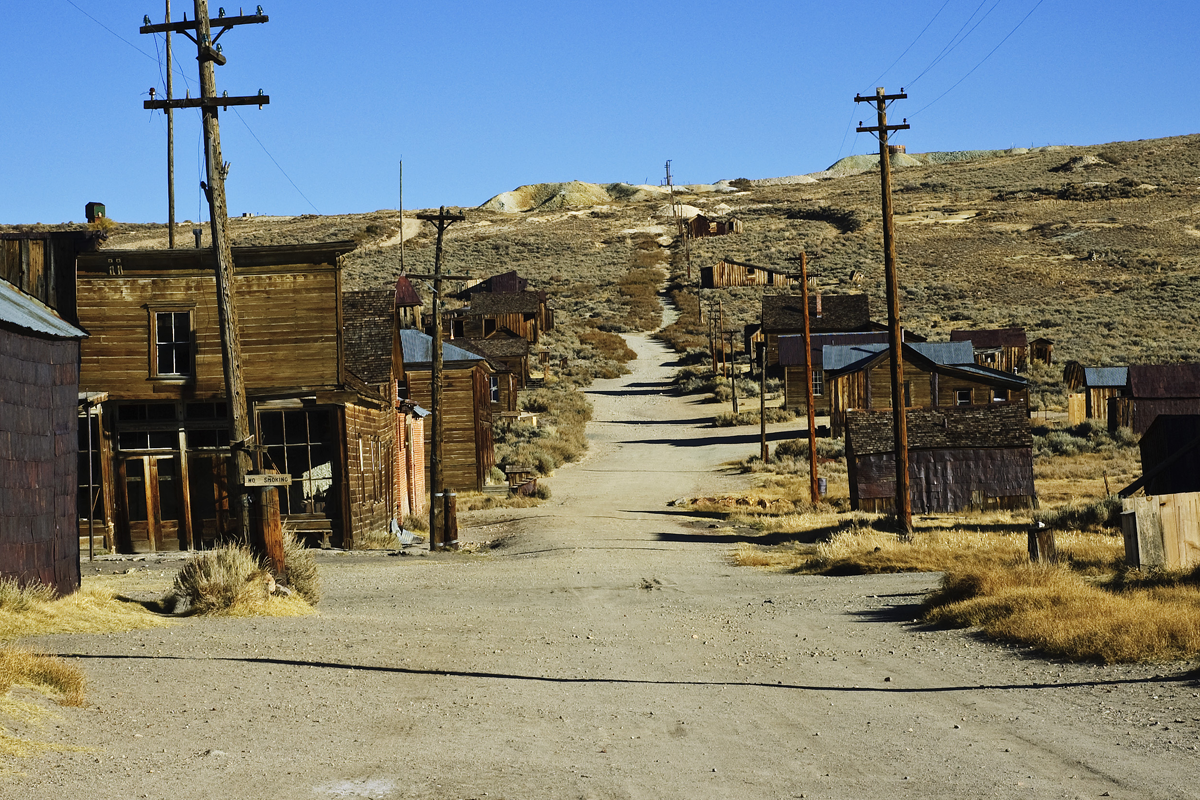
Today, however, any problems in whatever our recognized authority figures tell us takes much longer to manifest. CEO’s can be corrupt for many years, skimming money without any apparent evidence. When the ship finally starts to sink, it’s far too late to fix anything, yet the boss has managed to secretly squirrel away millions of stolen dollars.
How To Think Independently
As we can see from these simple examples, learning how to think independently from any authority or social group is a necessary survival trait in modern times. A survival trait that requires you use your conscious mind as much as possible.
Practice Thinking Independently
This isn’t easy. But it is necessary. One way to force yourself into independent thinking is to ask yourself if there are any logical reasons other than simple social proof or authority. If you are taking any risks with time or money, and you are only doing so on the advice of others, this may be something that could use some very independently generated scrutiny.
It may seem comfortable taking the advice of social peers, experts and even loved ones. But ask yourself, if they are wrong, who is going to pay the ultimate price?
Let Go Of The Anchor
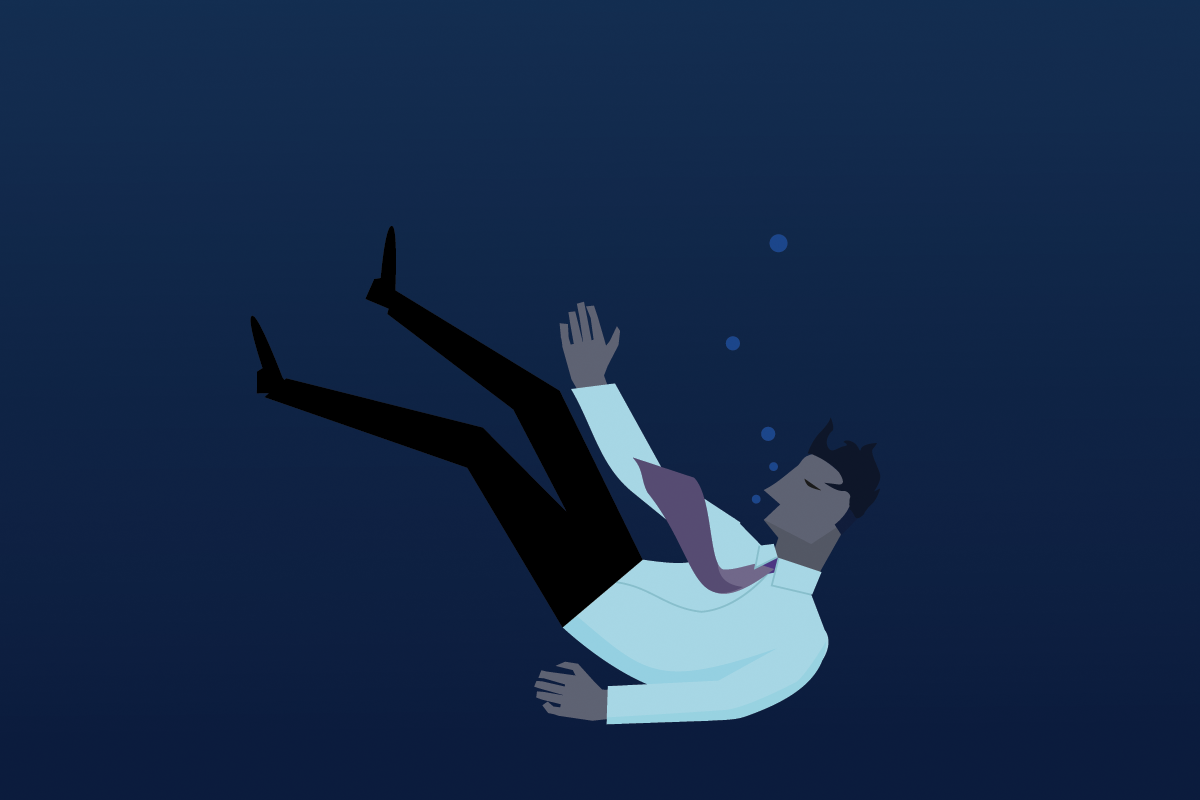
Like the guy on the boat, our instincts were a very useful anchor in the past. When the boat was rocking and the rains were falling, the anchor proved to be a useful life saver. Just like our instincts were in ancient times. But we now have logical thinking brains, and our instincts don’t need to have so much control over our lives.
But just like the poor fellow on the boat clung to the anchor even though it was no longer needed, many of us still cling to the ancient anchors of authority and social proof driven decisions. Consider that developing the ability if independent, rational thought is just as necessary as letting go of the anchor before you drown. It’s not easy, but it’s very necessary.
Learn More
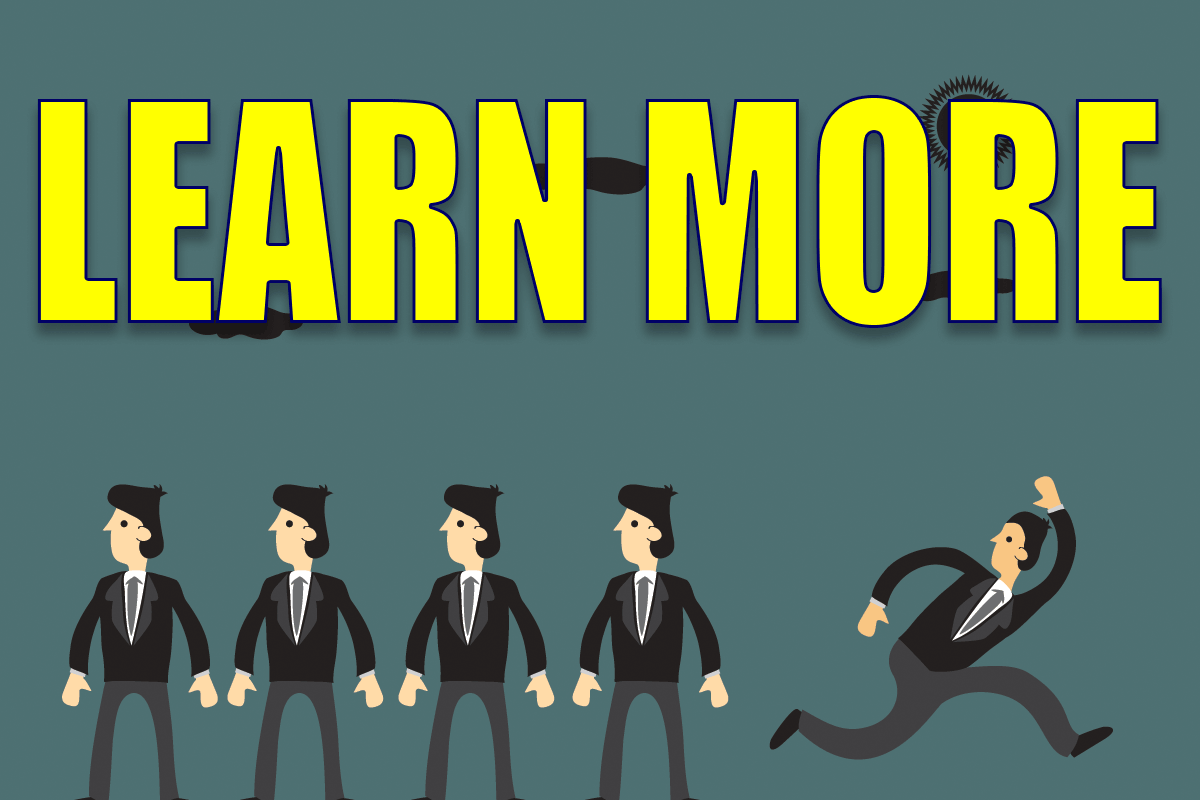
Mind Persuasion has plenty of books and courses all designed to help you make the best choices for your own unique life and goals.
Mind Persuasion Books
Mind Persuasion Courses